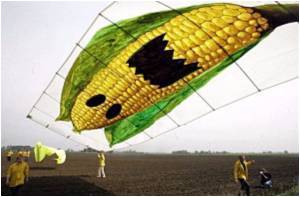
“Approximately 3400 tonnes of Cr(VI) is used to treat poles used in vineyards in Australia – the most common source of this toxic metal.
“The best strategy, we’ve found, is to change the soluble, mobile and toxic Cr(VI) form to the insoluble and less toxic Cr(III).”
Prof Bolan had collaborated with Girish Choppala, his colleague at the University of South Australia in the research.
The common sources of chromium, Mr Choppala says, are timber treatment sites, vineyards that use treated timber, the leather tanning industry and electroplating workshops, industrial centres and airbases.
He explains that Cr(VI) is commonly used to protect timber and metals, but its mobility means that it can easily dissolve and leak into soil or water, where it can persist for years and get into the food supply.
Advertisement
The idea of using silver-leaf nightshade came to Professor Bolan when he was on a bushwalk: “This weed is native to Mexico and the south-west areas of United States, and can be found in many areas, including cultivated land, orchards, managed grasslands, riverbanks and roadsides.
Advertisement
The difficulty of controlling its spread, together with its destructive properties, has resulted in the weed being declared as noxious in certain countries, Prof. Bolan says.
“It can be found all over the place in South Australia, and we picked some from the University of SA campus at Mawson Lakes, to test its effectiveness in countering the toxic Cr(VI).”
The research team found that black carbon produced by incinerating this weed was highly effective in ridding sample soils of Cr(VI). Adding black carbon to the soil decreased Cr(VI) leaching by up to 10.5% and 22.6% within 3 days in acidic and alkaline soils, respectively.
“The high efficiency of black carbon may be attributed to its oxygen containing groups, which changes Cr (VI) to the less mobile and less toxic Cr(III) form,” Mr Choppala explains.
The researchers recommend spreading the char on vineyard soil before inserting timber, or coating black carbon on the wood before using it in vineyards or parks.
Source-Medindia









